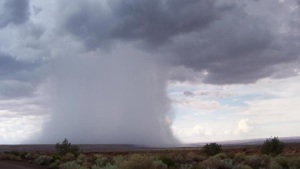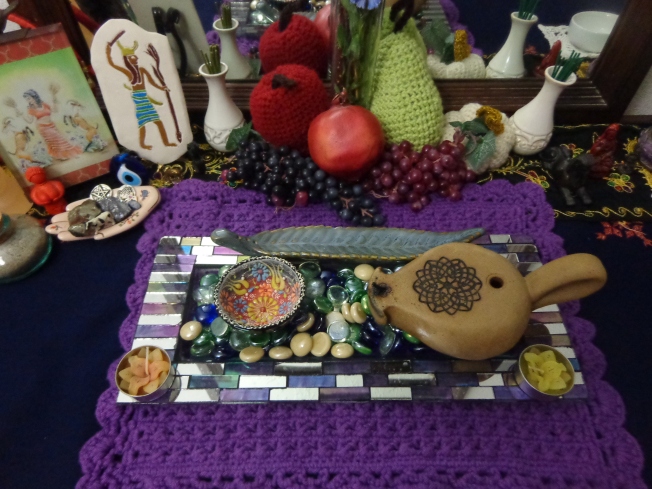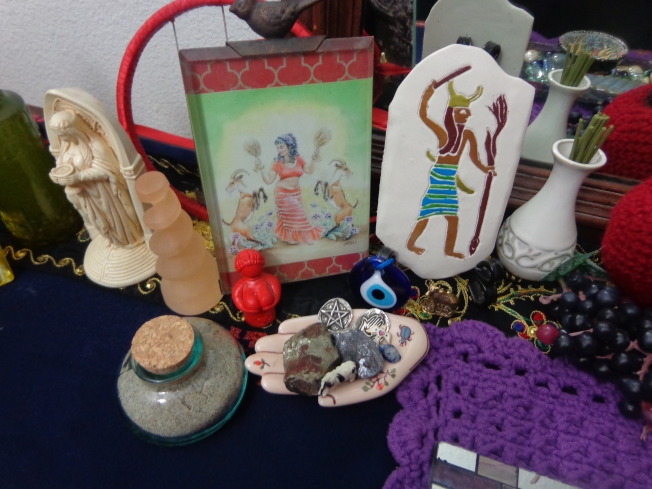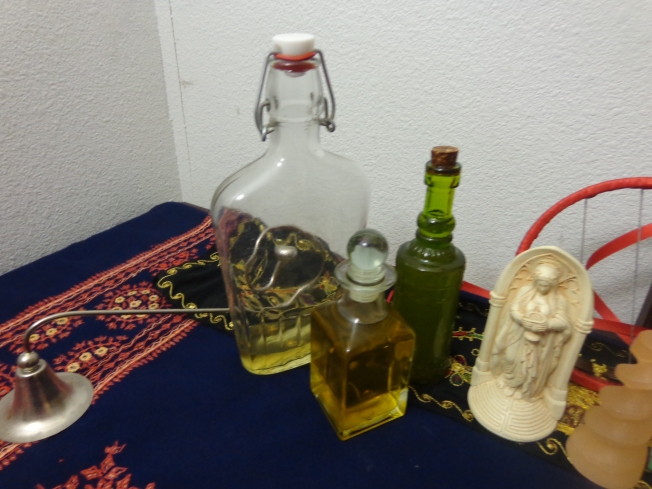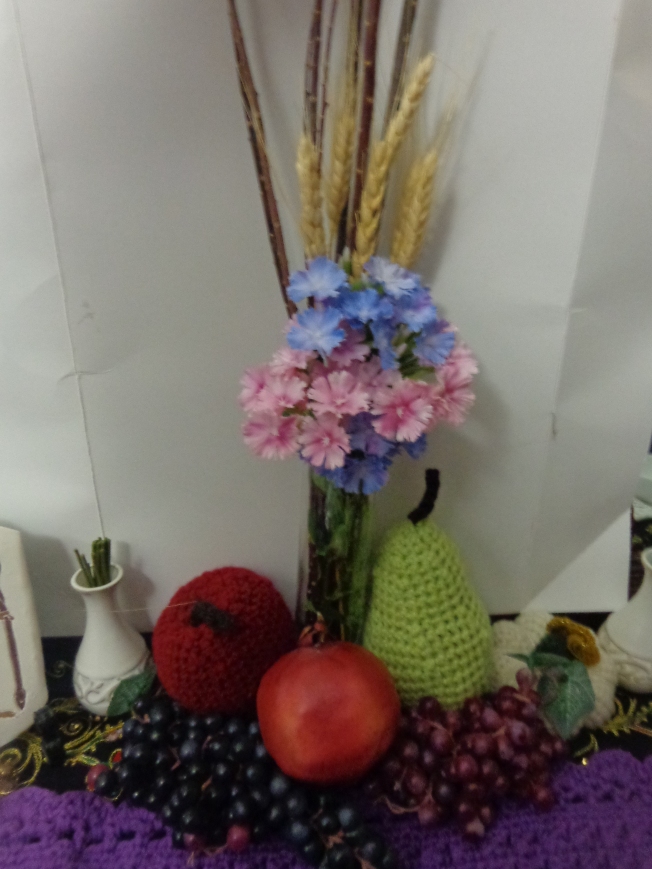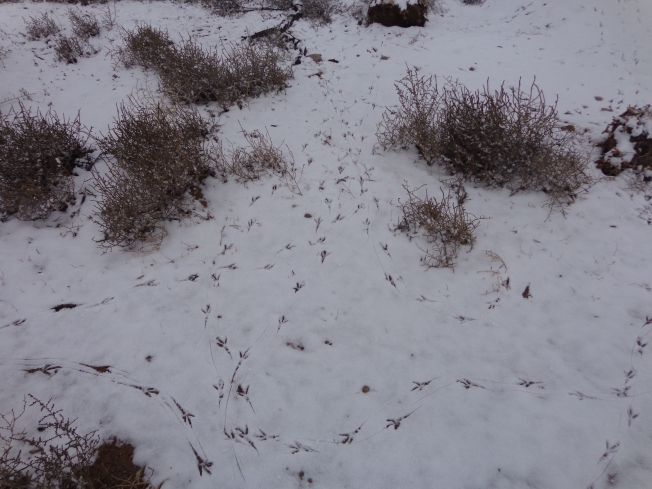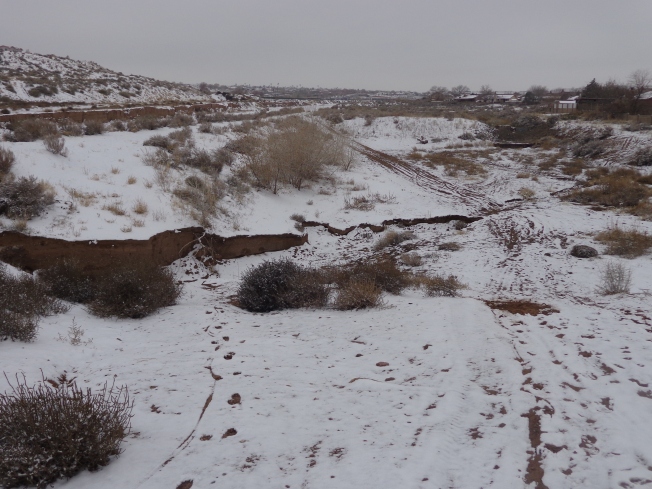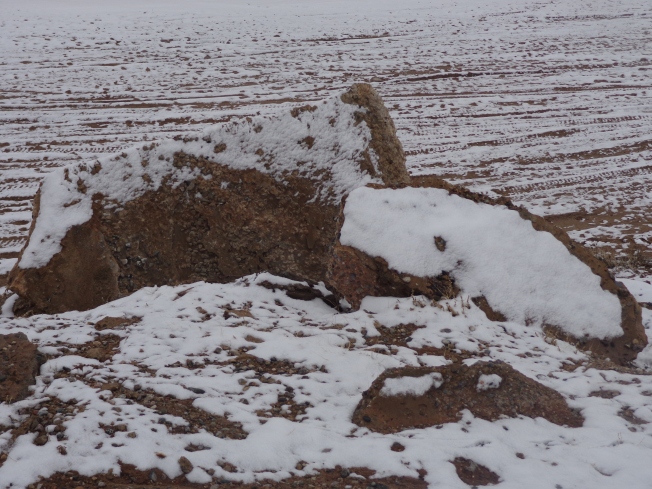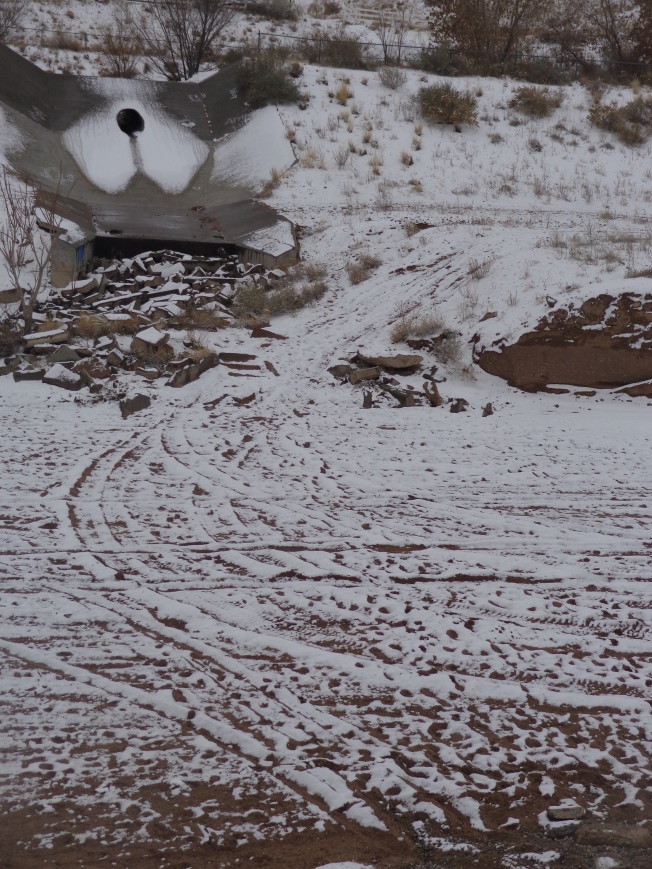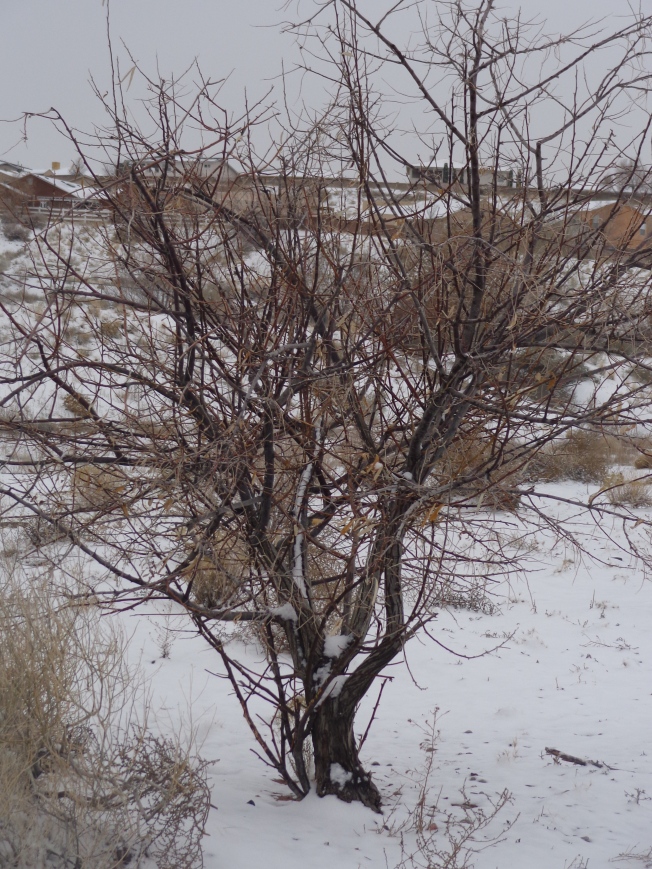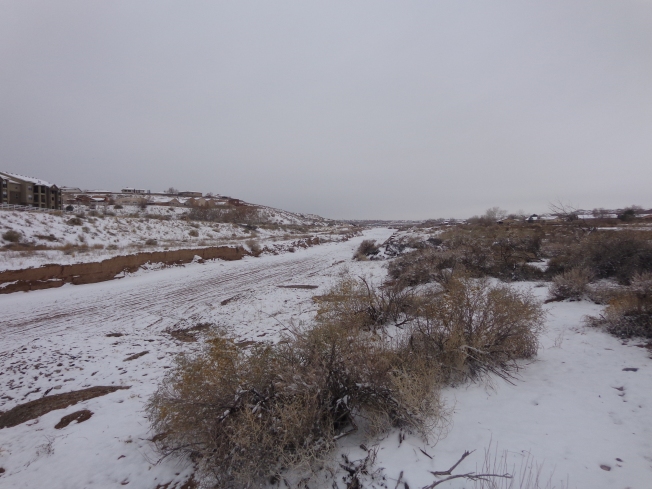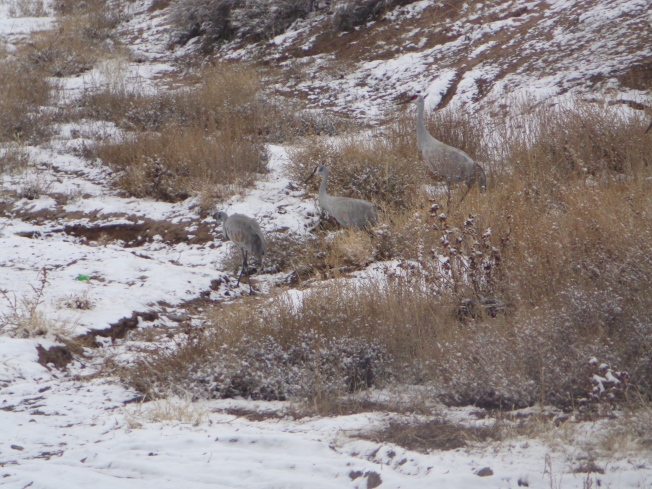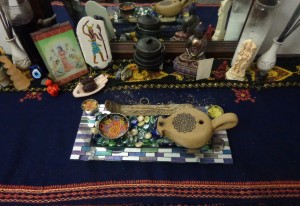 This week’s prompt on the Pagan Experience peaked my interest. Although I’m not planning on committing to any writing projects this year, this week’s topic is something I wanted to write about anyways, so why not now? Anyways, there just aren’t many Canaanite inspired rituals floating around on the interwebs. So here’s one more. As with all of my rituals, feel free to personalize to your heart’s content.
This week’s prompt on the Pagan Experience peaked my interest. Although I’m not planning on committing to any writing projects this year, this week’s topic is something I wanted to write about anyways, so why not now? Anyways, there just aren’t many Canaanite inspired rituals floating around on the interwebs. So here’s one more. As with all of my rituals, feel free to personalize to your heart’s content.
This weeks prompt is: Share your favorite spiritual/magickal practices. What tools are incorporated into your daily practice? What feeds you and replenishes you?
My favorite spiritual practice is ritual. I love writing rituals, hosting rituals for friends, and I love doing ritual for only me and mine. I like simple contemplative rituals and I like fancy ritual with all the bells and whistle. I adore the scent of fragrant oils and incense drifting through the air. I enjoy the sight of a lit up altar. I especially love it when the gods show up and make their presence known. Ritual leaves me feeling connected and calm yet energized in ways that nothing else does.
I would love to tell you that I’m an ultra devote disciplined pagan, and that I faithfully do this ritual everyday, but I would be lying. Sometimes, I follow this ritual to the tee. Sometimes I just don’t have the time or energy to do a proper ritual and will do something simple like light incense or say a round of prayers on my prayer beads. And too often I forget my daily practice all together. Sticking to a daily routine is something I still struggle with. I have approved greatly in this area, but I still got a long way to go.
This ritual takes me anywhere from around 15 minutes to a half an hour to do, depending on what I want to do that day. Currently I’m a stay at home mother (and my daughter usually joins in), so I have the privilege to be able to dedicate this amount of time to my spiritual practice. I understand this is not something everyone can do. Don’t feel down if you can’t dedicate that kind of time. Spirituality should not be an all or nothing kind of a deal. If five minutes, 1 minute or a respectful nod to your altar is all you can give, than it’s all you can give, and that is much better than nothing.
My “Daily” Devotional Practice.
Many people who work with the Canaanite pantheon cover their head during ritual. This head covering can be anything from a scarf, to a hat, or even a thick head band. I often forget to do this, but if my hair is especially tore up that day (which happens often enough when you have super curly hair) I’ll make sure to cover my head. Ancient Near and Middle Eastern cultures were really into cleanliness, so I wash my hands before I start ritual. If I’m feeling kinda ugh for any reason I’ll do a quick cleanse with Florida Water. Usually before I start I’ll take a moment to be silent and take seven deep breaths to help ground and center me. My usual offerings to the gods are water, incense, perfumed oil and fire. Honestly, the most stressful aspect of food offerings for me is the disposal, so tend to save food offering for Holy Days. After I light the incense and my oil lamp I’ll bow to my gods seven time. Sometimes if I feel like going that extra mile I’ll prostrate myself seven times. This is something that is so foreign to the general American culture that I often feel awkward doing this, but I have found that prostrating can be very centering.
Next I pick up (or make a gesture of giving at) each offering one by one and say:
“I offer incense to the Gracious Deities
Perfumed smoke for the Gods of the Earth and of the Stars
I give back a little of what I have been given
In the spirit of gratitude I return a small portion of what I have received
I give honor, Shalam
I offer water to the Gracious Deities
Fresh and cooling water for the Gods of the Earth and of the Stars
I give back a little of what I have been given
In the spirit of gratitude I return a small portion of what I have received
I give honor, Shalam
I offer fire to the Gracious Deities
Fragrant oil for the Gods of the Earth and of the Stars
I give back a little of what I have been given
In the spirit of gratitude I return a small portion of what I have received
I give honor Shalam”
This next part I borrowed and adapted from Shifting Spectrums’ daily practice. I grab my bottle of myrrh oil and anoint each body part as I ask for it to be blessed. The following prayer was adapted from Shifting Spectrums’ adaption of a prayer by Tess Dawson.
“Ancient Deities of the Canaanites,
Divine Assembly of Mount Lalu,
Sons and Daughters of El and Asherah,
Bless my mind that I may sense you,
Bless my eyes that I may see you,
Bless my ears that I may hear you,
Bless my nose that I may smell you,
Bless my throat that I may speak with you,
Bless my senses that I my feel you,
(I usually do a sign of the pentacle here. I once heard that the pentacle has it’s origins in Babylon, as a symbol of royalty. So I thought it was fitting.)
Bless my heart so that I may know you.
I give honor.
Shalam.
After this, my ritual gets a little more free form. Whenever I come across a prayer to a Canaanite god I copy, paste, print and add it to my binder o’ prayers, so I have a healthy selection of prayers to chose from. Most of the time I recite a prayer to Asherah, or Hadad, or both. Sometimes I’ll offer a prayer to another deity. On occasion I’ll sing, which is tricky since the Canaanite pantheon is a rather obscure and there aren’t many chants or songs dedicated to them. A year ago I came across this chant (it’s in Hebrew), and found that the translation fits well enough with the flow of the song that it can be sung in English. Sometimes I reach into the bag of Neopagan chants I’ve learned over the years from various drum circles and festivals, and find one that make at least some sort of sense in this context. One of my favorite chants to sing to the Canaanite gods is “The River She is Flowing.” Although the Canaanite deity of both rivers and the sea is a god called Yam, this chant still makes me think of Asherah. And if you want to see a room of young children grow silent and still, sing this chant to them. I have personally witness this. Another chant I like to use is “Slowly Blooms the Rose Within.” That last chants is actually a Contemplative Christian chant but it works for me. Asherah is sometime associated with the rose (this is a modern association but that’s fine with me), so it makes sense. Sometimes I’ll skip all of this and op for a quick silence mediation or a Phoenician “rune” reading instead.
I end my ritual with a moment of silent contemplation (doesn’t always work, as I have a 4 year old daughter), and then by bowing one more time and saying something like, “I give honor, Shalam.” I usually leave the lamp burning until the incense goes out. Then I put out the flame with a candle snuffer. I don’t have any taboos about blowing out candles like some Wiccanesque pagans do. I do this for purely practical reasons, to prevent incense ash from going everywhere all over my altar. That is all, it is done.
If you’re interested in the ritual without all my commentary click over there (psst… it’s a PDF) —–> A Devotional Ritual to the Iluma
